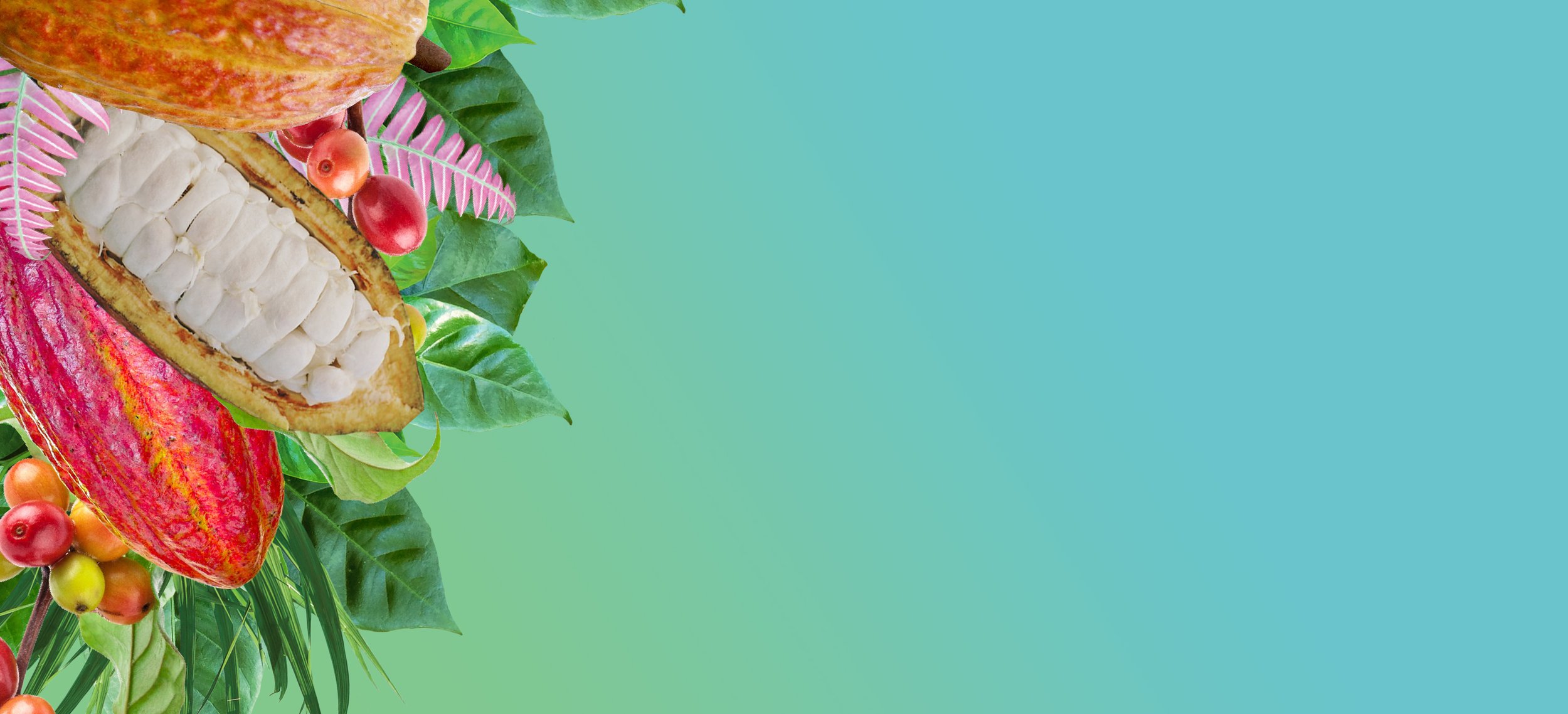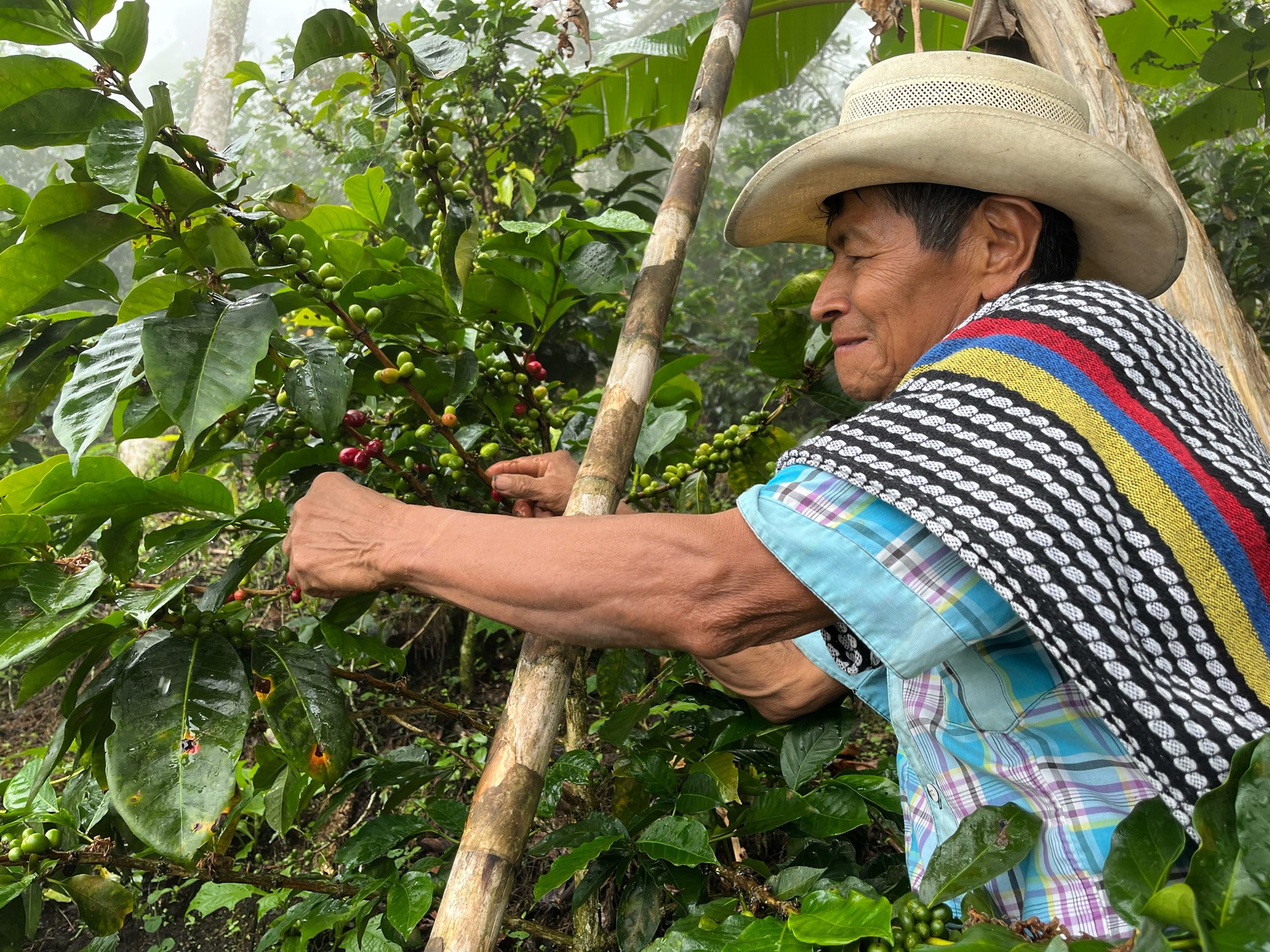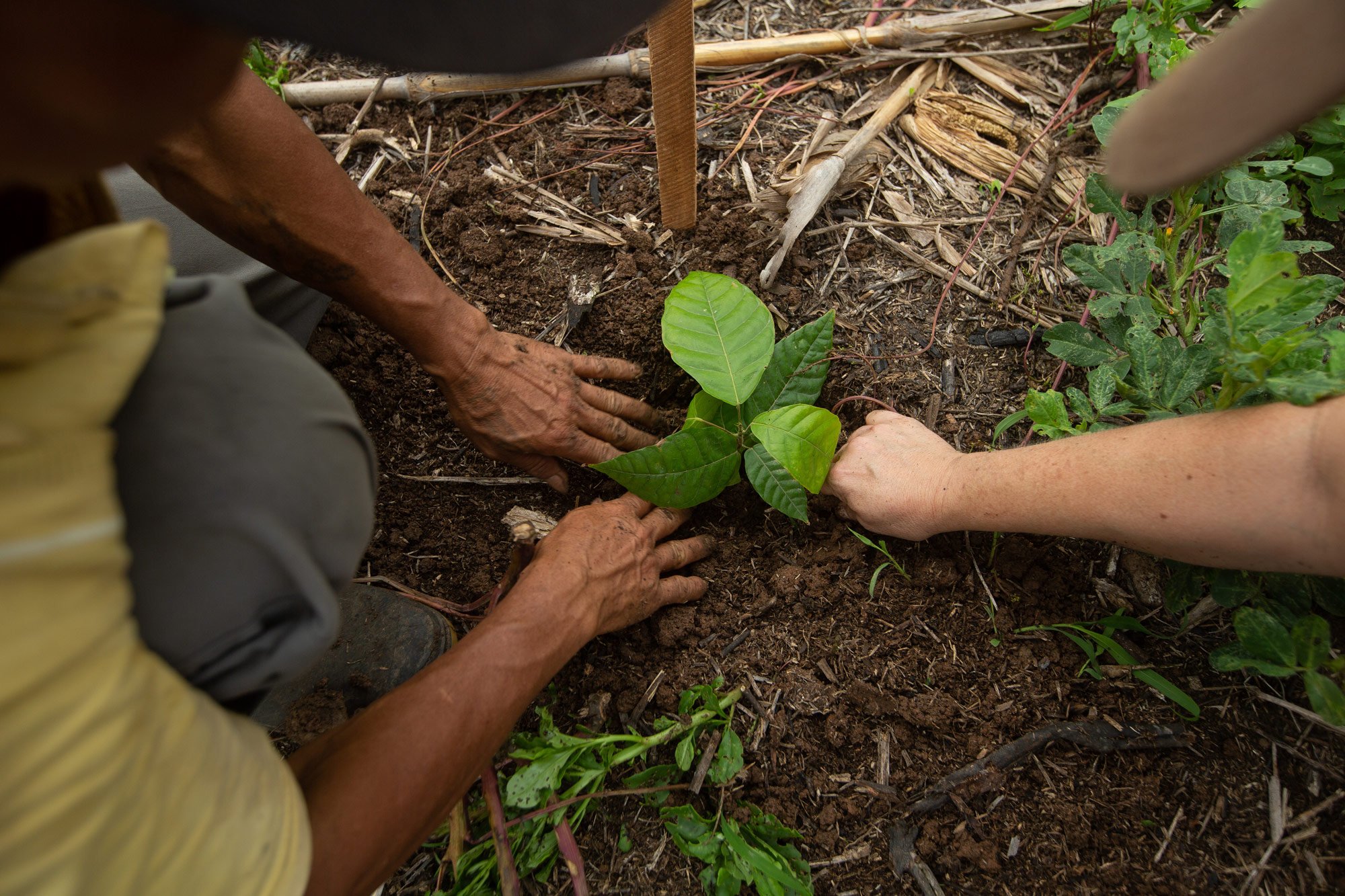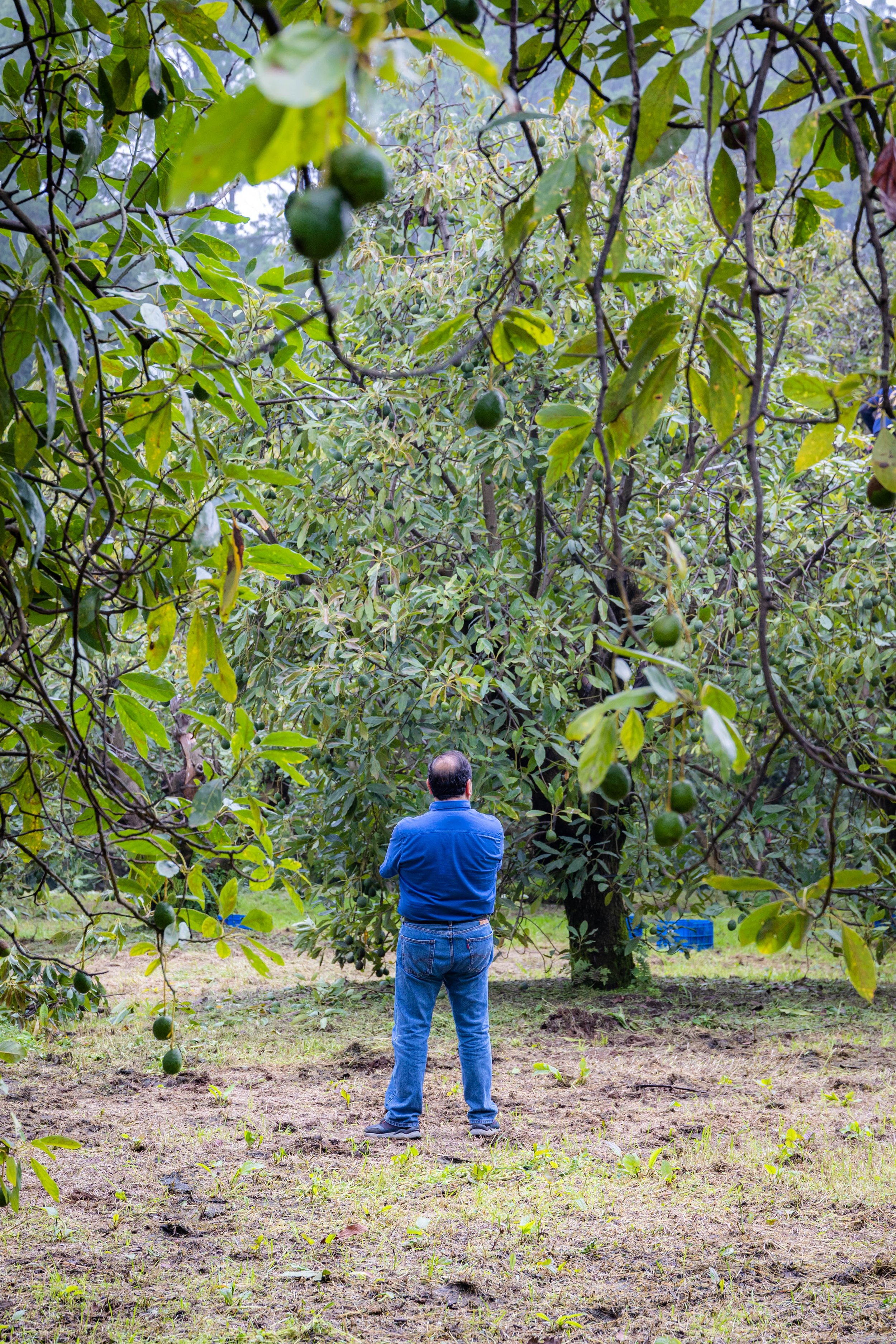
Welcome to our Resource Center
Where you can dive deeper on all things Equal Exchange and beyond.
Featured Articles
Our staff recently traveled to Colombia to visit our farmer partners there. It's a common experience: when we go to source and someone asks how the trip was, it is hard to answer. The truth is, the experience is complex. So complex that we are going to take our time to share different reflections, angles, and photos over time, to give a more complex answer. To kick off this series, Lynsey Miller reflects on her visit to a lush and abundant organic coffee farm.
As we enter a new stage of Equal Exchange expanding our capital model, Equal Exchange Co-Founder and President Rink Dickinson reflects on the history of our capital model and its central role in our success in building an actual alternative economic model.
Starting around 2000, labor abuses in the cocoa industry began to get international attention. You may have heard about poverty wages, unsafe working conditions, the worst forms of child labor and even modern-day slavery. You may have heard that farming practices that damage the environment were common, too. But what’s going on with that now? Have things gotten any better? (Article updated February 2024)
At Equal Exchange, we take pride in our model of truly responsible sourcing that promotes economic justice, environmental sustainability, and community development in regions where our products are grown. Despite the efforts made to cultivate positive change, however, there are certain macro-level issues that continue to impact our sourcing partners and their communities. For avocado farming co-operatives PRAGOR and Integradora Vics—our partners in the state of Michoacán, Mexico—the most pressing challenges include falling sales prices amid rising input costs, market rigidity in US stores, and the negative effects of climate change.
Farmland can be conservation land—when managed with that goal in mind. Monarch butterflies could soon be listed as endangered because of their drastic population decline. While you could plant native milkweed or nectar plants as waystations to help support the population, the farmers in central Mexico who supply Equal Exchange avocados are also protecting and restoring the forests where these amazing butterflies spend the winter.







Just Food Hub is a volunteer group that distributes ethically sourced food to consumers, local organizations, buying clubs, and small businesses throughout New England. Sue Morris, a retired writer and editor living in Marshfield, Vermont, created the organization in 2021. Due to their amazing efforts, Sue and her husband, John, are one of Equal Exchange’s top customers. Sue shares more in her own words.